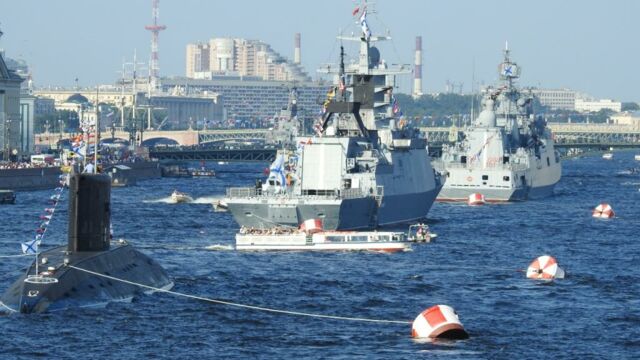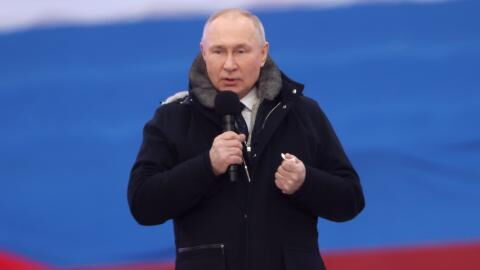The Belgorod K-329nuclear powered submarine, which was brought back to service in July, is one of the biggest from the premiere class submarines in Russia’s assortment. And according to Italian publicationLa Republica it had disappeared from NATO radars.
Discover our latest podcast
One of Russia’s six advanced system super weapons
The Washington Examinerstates that the Belgorod carries a ‘Poseidon UUV’Nuclear Torpedo—a latest generation tactical nuke or apocalypse super-weapon. The 'intercontinental Nuclear-Powered Nuclear-Armed Autonomous Torpedo' is a newly designed Russian technology that can induce a nuclear tsunami with approximately 500m high waves near coastal areas.
The previous departure of Belgorod allegedly stoked fears among NATO officials who worried about a potential nuclear test somewhere in the Kara Sea, in the Arctic Ocean, Washington Examiner reports.
However, a NavalNews report yesterday calmed the waters and dismissed the hysteria which was created online from various media reports. They posted fresh images of a surfaced Belgorod operating in the Barents Sea north of Russia’s Kola Peninsular.
Poseidon UUV
According to the EuroAsian Times, the ‘Poseidon UUV’ was approved by Russian President Vladimir Putin back in 2018, as one of his six super-weapon programs to be developed over ten years with the aim of increasing Russian nuclear deterrence capability.
The Belgorod submarine can operate from anywhere in the world and the ‘Poseidon UUV’ nuclear torpedo can be launched even underneath ice bergs and in deep depths which make it undetectable even by the screening from the US Ballistic Missile Defense (BMD) System, the EuroAsian Times reports.
Heightened naval activity
The BarentObserver, cited an interview by IHS Jane with Vice-AdmiralClive Johnstone, Commander of NATO’s Maritime Command, who described recent Russian naval activity as obscure, concluding that Russian submarine activityequals Cold War levels.
'more activity from Russian submarines than we’ve seen since the days of the Cold War.’

Earlier this week Reuters reported that the Kremlin spokesman, Dmitry Peskov, dismissed the willingness of his country to engage with the west on what he called ‘nuclear rhetoric’.
‘We do not want to take part in this.’
On Sept. 2. NavalNews reported that Russia has moved its most modern nuclear submarine the ‘Severodvinsk’ in the Mediterranean. It was brought back to service in August and is now reportedly somewhere close to Italy, to deter NATO from entering the Ukraine War.
‘The nuclear submarines are the most powerful, and most survivable, assets in the Russian Navy.’
Sources used:
-La Republica: ‘Si muove il sottomarino Belgorod. Nato in allarme: ‘Test per il supersiluro Poseidon’
-Washington Examiner: ‘Russian submarine with 'nuclear tsunami' technology vanishes: Report’
-EuroAsian Times: ‘Poseidon: Ingenious Method Of Nuclear Deterrence’
-The BarentObserver: ‘NATO: Russian submarine activity equals Cold War levels’
-Reuters: ‘Kremlin dismisses UK media report on Russian nuclear test’
-NavalNews: ‘New Intelligence: Russia Sends Nuclear Submarine To Mediterranean’
-NavalNews: 'New Images Reveal Russia’s ‘Missing’ Submarine Belgorod In Arctic'
Read more:
⋙ If Vladimir Putin uses nukes, Russia will face 'catastrophic consequences', US warns
⋙ Former Vladimir Putin adviser threatens the UK with a nuclear strike on live radio
⋙ Vladimir Putin accuses West of 'nuclear blackmail' and threatens to use weapons of destruction















